These 15 Bugs Found In Oklahoma Will Send Shivers Down Your Spine
Oklahoma is home to many different species of bugs, creepy crawlers and arachnids. Here are a few that might send you the other direction if stumbled upon:
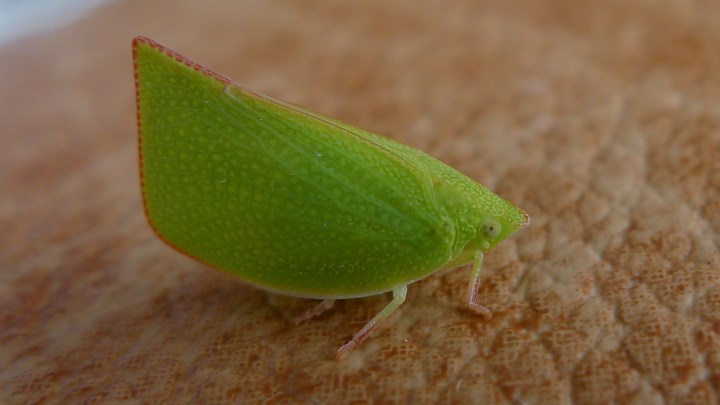
These camouflaged hoppers resemble the leaves that they nourish on. Their wedge shaped body even has the "veined" look of real leaves.
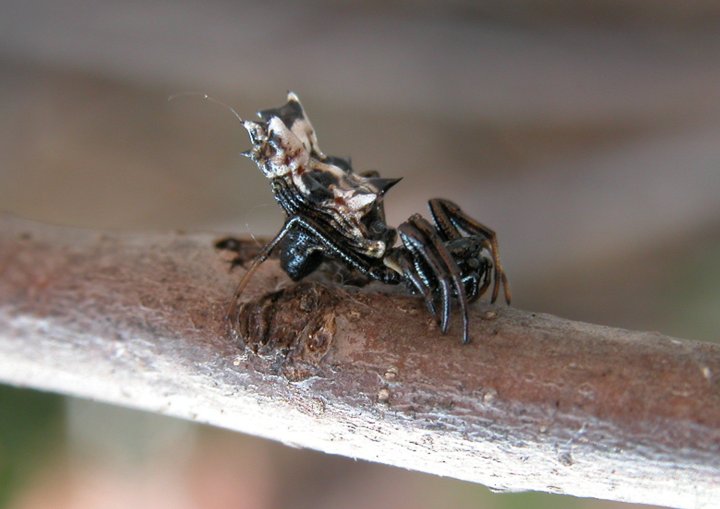
As part of the orbweaver family, this freaky looking spider is actually harmless to humans. The abdomen on the females has pointy spikes and bumps which make it unappealing to predators. They rebuild their circle or spiral webs on a daily basis.
Advertisement
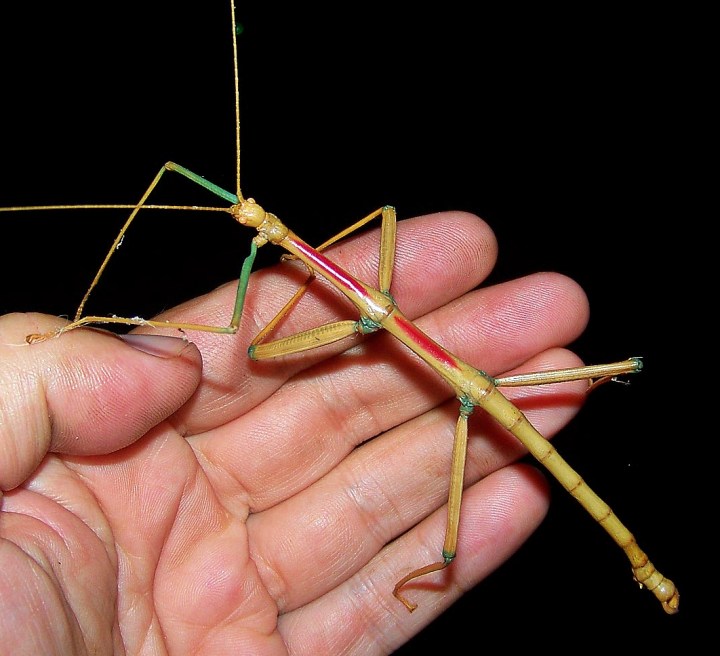
With a short lifespan lasting only a few weeks to a few months, these delicate, wingless insects look like a twig or a stick, in shape and color. They are very slow moving and their only defense is their camouflage and stealth ability. If they become disturbed, they may fall to the ground and remain still until the predator has passed.
Advertisement
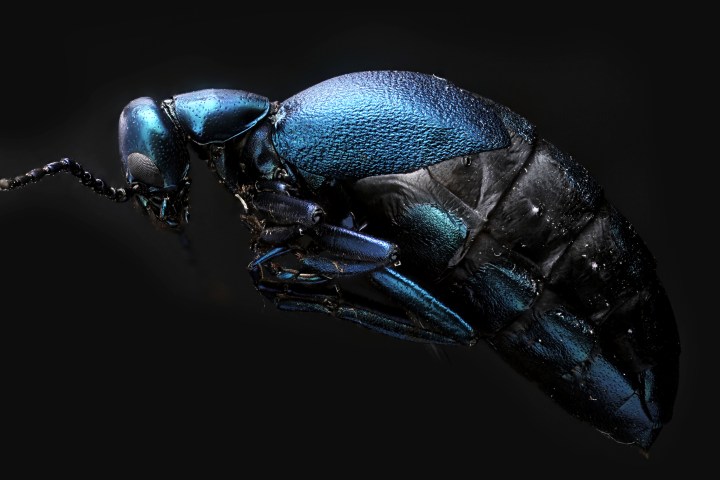
Stay away from this type of Blister Beetle if you encounter one in the grass, garden or trees. These beetles can secrete a chemical from their abdomen called cantharidin. This chemical can cause painful blisters on human skin and be very irritating.
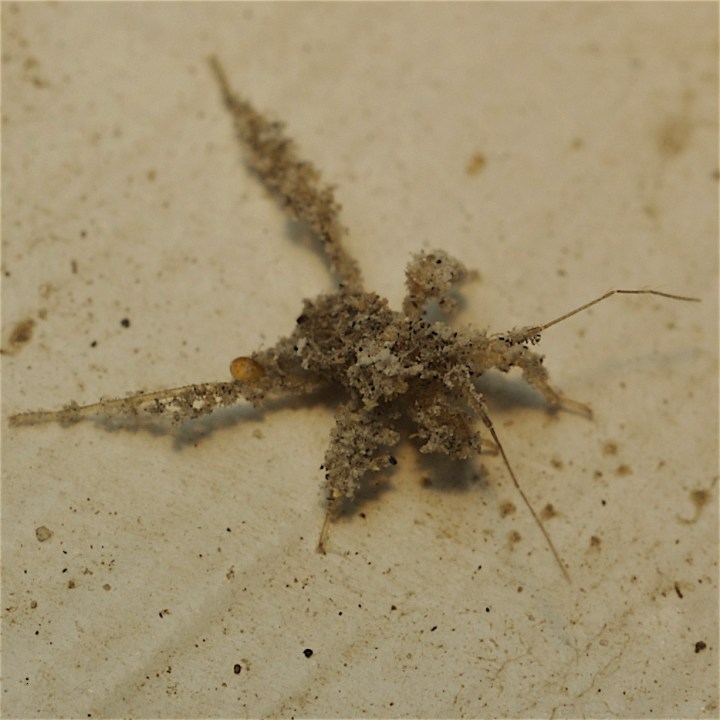
These assassins can inflict painful bites to humans because they have a strong beak. You will usually find them indoors if you have an infestation of bed bugs. You will need to kill the bed bugs before you can get rid of them. The nymphs are covered in sticky hair and pick up lint and hair, making them resemble an alien more than an insect.

Watch out for this jumping spider that can jump 5x its length. They will bite humans but their bites are not harmful. They seek their prey in the daytime instead of building webs to catch them.
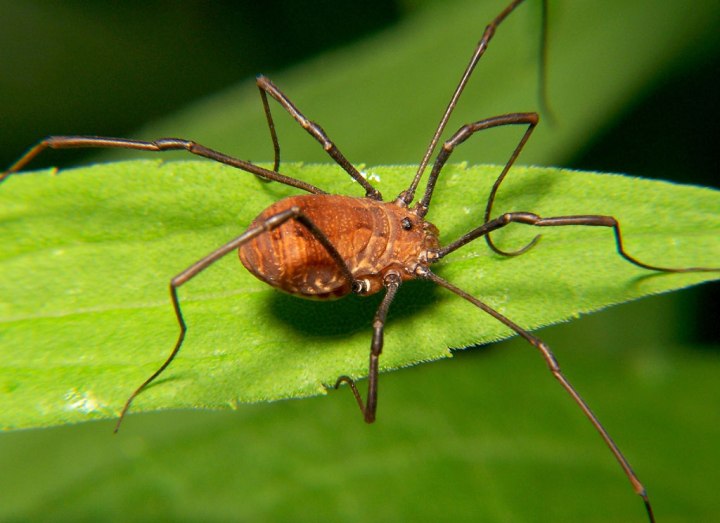
Harvestman are NOT spiders but are arachnids. Spiders have two body parts, two fangs and produce silk. Harvestman have one body, no fangs and do not produce silk. Their jaws are too tiny to bite humans.
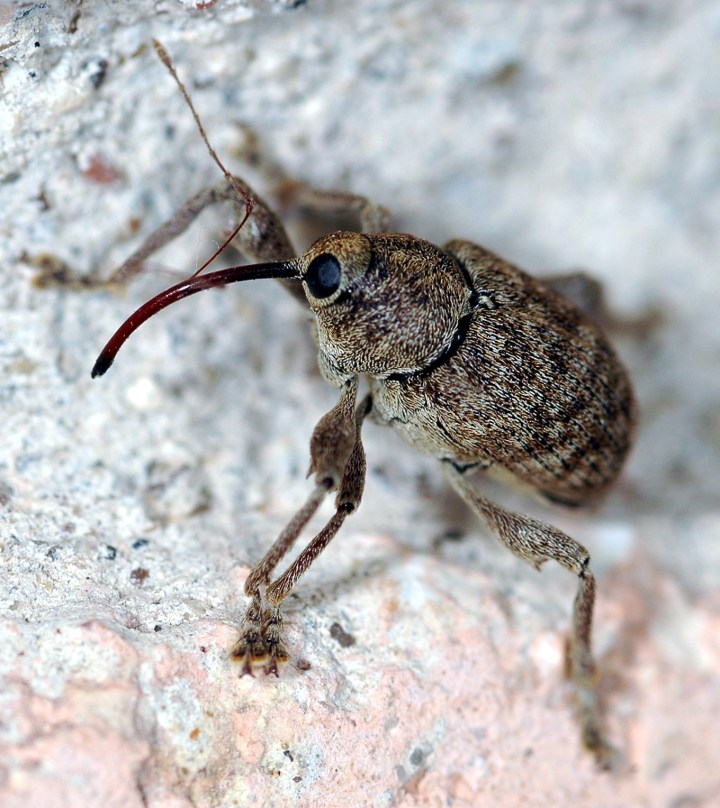
With a snout resembling an elephant trunk, this weevil uses its snout like a straw, to extract the juice from plants. They will drink from the acorns and create a hole big enough to place their fertilized eggs in. They then cover the hole with their own feces. After time when the acorn is ready for germination, it will fall from the tree and the grub (weevil larva) will pierce through the acorn and hide in the ground until it is matured.
Advertisement
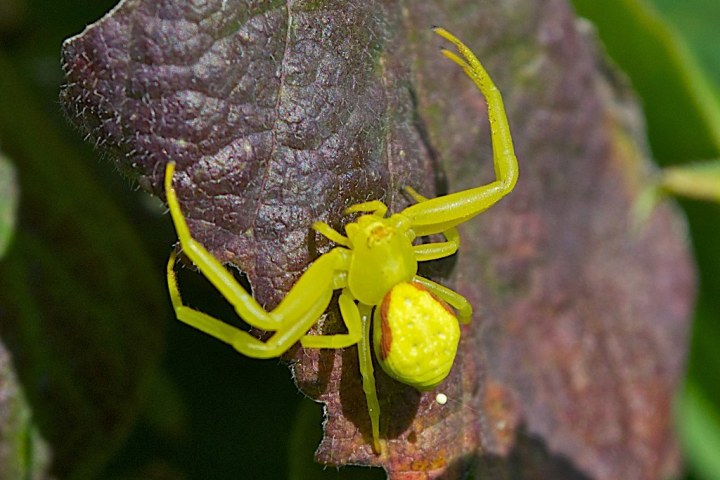
These spiders can change their color over a few day period to blend into their environment. They will sit on flowers waiting for their prey, jump on them, then bite them to immobilize them. The females lay their eggs, guard them for about 3 weeks until they hatch, then die shortly after.
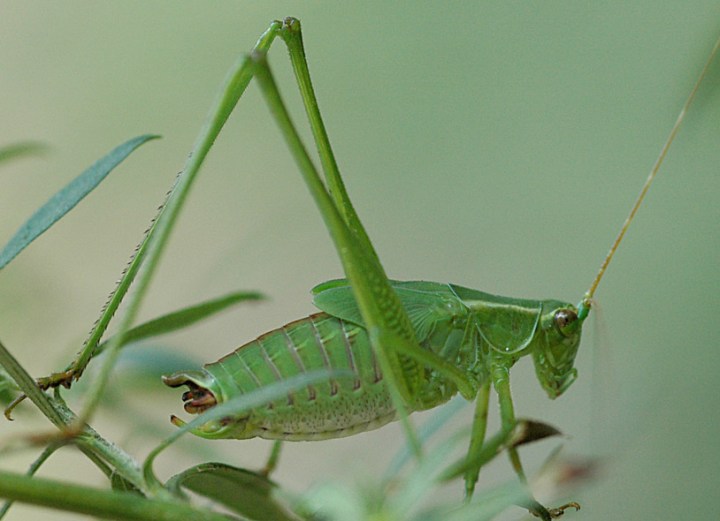
These loud insects got their name from the chirp that they make. It sounds similar to katy-did then katy-didn't...then repeated. The males call 24 hours a day. They will sing their chirp two to three times, then silence, waiting for the females to respond.
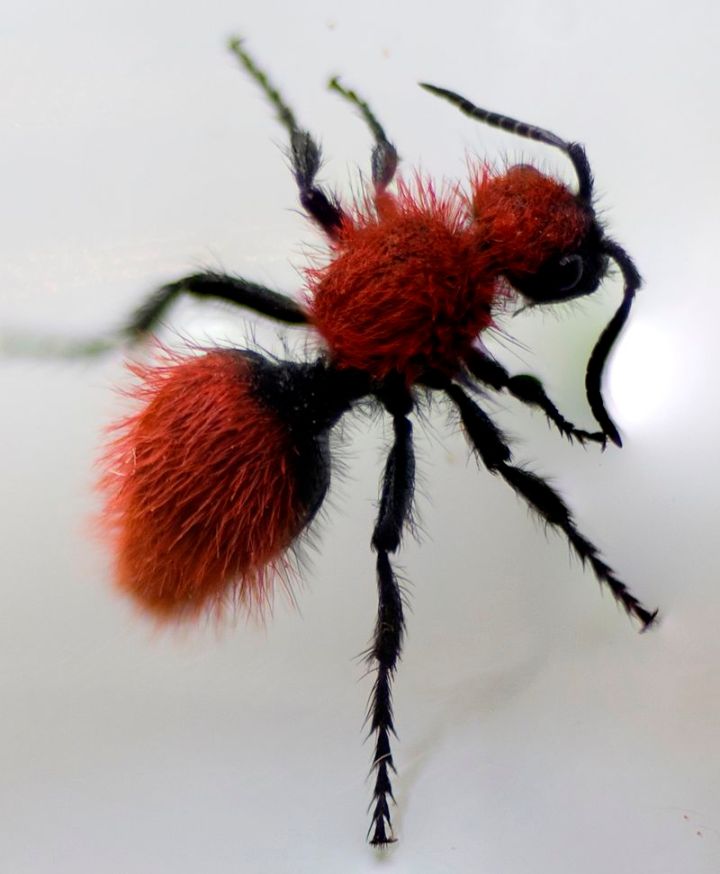
The Cow Killer is actually an Eastern Velvet Ant but it is not an ant, it is a wasp. The males have wings and look more like a wasp and the female has no wings and looks more like an ant. The sting of the female is very painful and has been rumored to kill cattle.
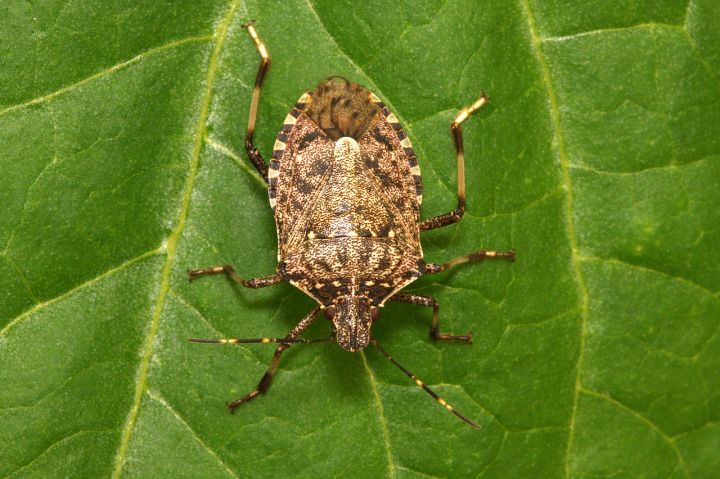
These pesky bugs are a nightmare to fruit orchards. They poke holes in the fruit and suck out the nectar which makes the fruit unsellable for market. These bugs emit a foul odor when they feel harmed or threatened. They will even go indoors during winter and emit that awful smell, as well.

The lifespan of the Bandid Horntail can last up to 3 years for the males. These wasps are non-aggressive toward humans. The stinger looking tip on the females is actually an ovipositor, used for digging holes in tree trunks to lay their eggs.
Advertisement

This albino-looking spider will wander indoors and its bite can be painful. They are more aggressive than most house spiders and can be found hiding in clothes, drapes or on the walls. Their flesh coloring varies based on the color of their last meal. The black tips on their feet make them a little easier to notice and hopefully avoid.

These intimidating beetles are a bunch of big sap eaters...literally. Their bodies have a hard exoskeleton and mandibles that look like huge pincers. The males use their mandibles to fight male-to-male...the winner gets to mate with the female.
What is the craziest looking bug you have found in Oklahoma? Share in the comments below.
OnlyInYourState may earn compensation through affiliate links in this article. As an Amazon Associate, we earn from qualifying purchases.




